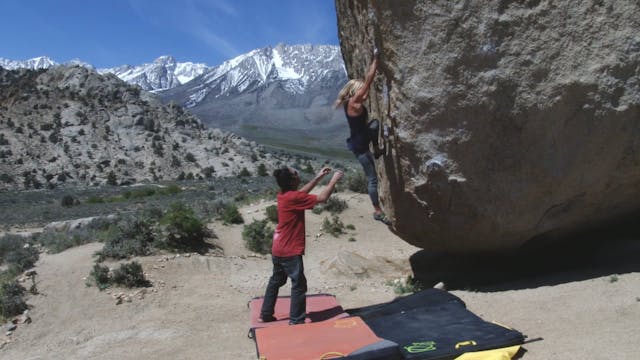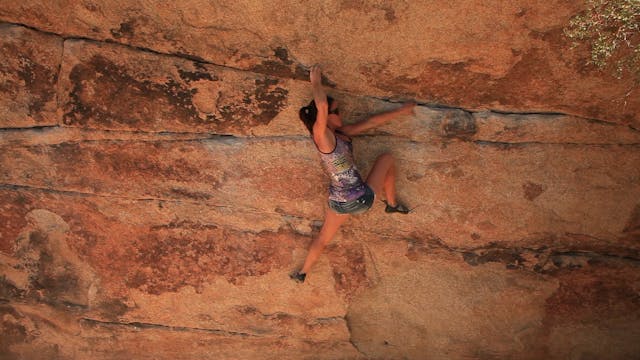Bouldering: 9. Taping to Prevent Injury
Bouldering
•
4m 40s
In this video we review taping to compensate for climbing injury, or to prevent climbing injuries.
First, it’s important to consider forearm anatomy. The tendons that flex our fingers start from the tips of our fingers and extend all the way to the inside of our elbow. They are held down along the way by a number of pulleys, two of which exist at the wrist and in the fingers. The pulleys act as a friction spot, and the purpose of taping is to defuse the friction out over a greater area. This reduces the friction and helps prevent tendon injury.
Below are a few schools of thought to consider when taping to prevent injury:
1. Finger Taping:
- Circumferential wrap: Apply tape to isolated failings in a similar fashion to a wedding band.
- Figure eight wrap: Start by applying tape at the lower part of finger, and extend out to the next part, avoiding the knuckle, and then finish back at the lower part of the finger. This forms a figure eight.
2. Wrist Taping:
- Circumferential wrap using thicker tape
3. Elbow
- Circumferential wrap below the elbow, or use a brace
Quick Tip: Avoid the common mistake of taping too tightly!
We hope you found this video helpful. Feel free to comment below with questions or thoughts!
Please remember, climbing is inherently dangerous. Climb at your own risk.
Up Next in Bouldering
-
Bouldering: 10. Resting Between Attempts
Boulder problems are relatively short, but they are intense, with powerful moves. They require a lot of energy per attempt.
Resting between attempts when bouldering is important, in order to prevent overuse injury. If you keep firing to the same crimp, and almost hitting the move, your tendons...
-
Bouldering: 11. The Gunsmoke Traverse
This video features CTT athlete Steph Gibson bouldering an ultra classic V3 route called The Gunsmoke Traverse in California’s Joshua Tree National Park. See if you can spot the techniques covered in our “Climbing Movement” videos which helps Steph flow through this long and classic traverse.
...

